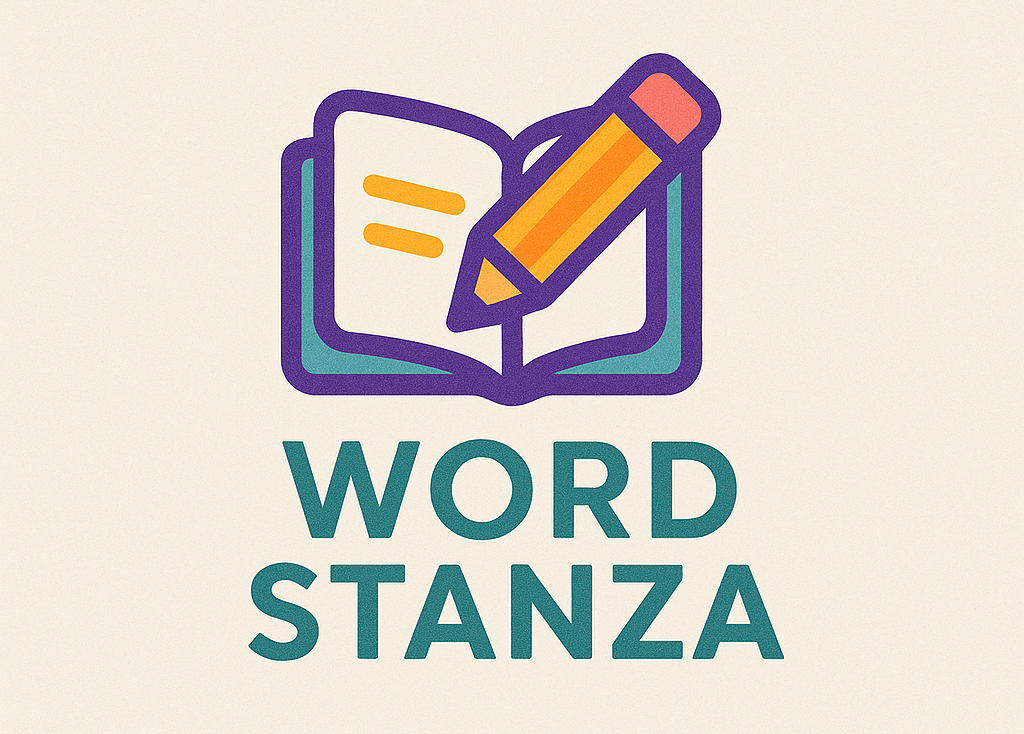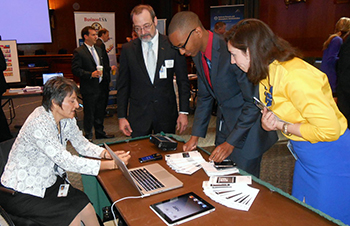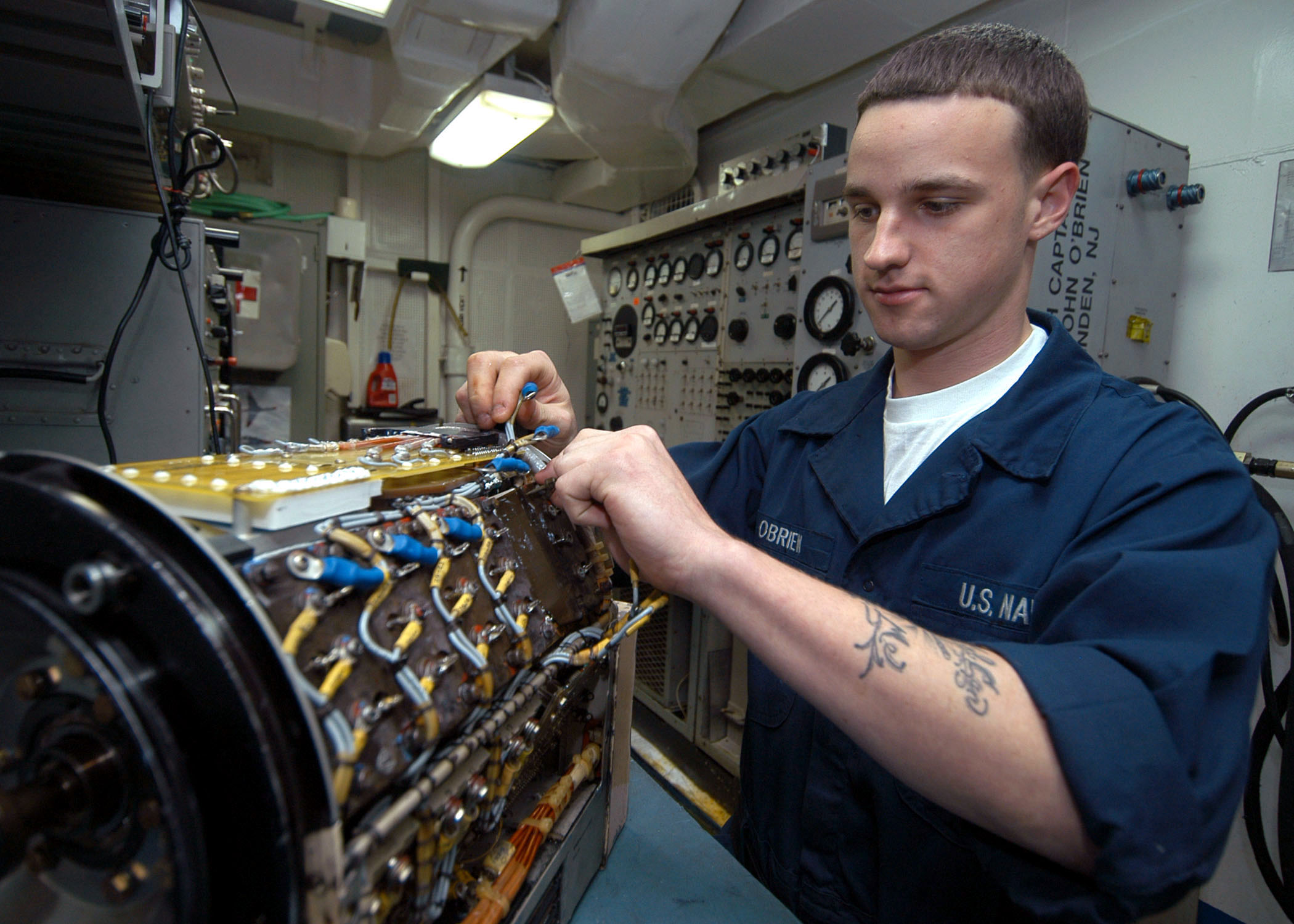In today’s diverse society, effective communication in healthcare is more important than ever. Hospitals serve a wide range of patients, including those who are deaf or hard of hearing. For these individuals, sign language interpretation is crucial to ensure they receive accurate medical care and information. This article will explore the importance of sign language interpretation in hospitals and how it improves patient outcomes and satisfaction.
Hospitals are often high-stress environments where clear communication is essential. For patients who use American Sign Language (ASL) as their primary mode of communication, having access to qualified interpreters can make a significant difference in their healthcare experience. Miscommunication can lead to misdiagnosis, improper treatment, and increased anxiety for the patient. By providing sign language interpretation, hospitals can bridge the communication gap and deliver high-quality care to all patients.
Sign language interpretation services in hospitals not only help patients but also assist healthcare providers in understanding their patients’ needs more accurately. This service ensures that medical histories are correctly communicated, treatment options are clearly explained, and consent is properly obtained. Furthermore, interpreters can facilitate more meaningful interactions between patients and healthcare providers, helping to build trust and rapport.
The demand for qualified sign language interpreters in healthcare settings is growing. Many hospitals are now recognizing the need for these services and are implementing programs to ensure that interpreters are available whenever necessary. For instance, some hospitals partner with agencies that specialize in sign language interpretation for hospitals to ensure they have access to professional interpreters who are trained in medical terminology and confidentiality.
In addition to in-person interpretation, technology is playing an increasing role in facilitating communication in hospitals. Video remote interpreting (VRI) services allow patients to connect with interpreters through video calls, providing flexibility and immediate access to interpretation services. This is especially beneficial in emergency situations where every second counts.
It is essential for hospitals to understand that providing sign language interpretation is not just a matter of compliance with legal requirements such as the Americans with Disabilities Act (ADA), but also a commitment to patient-centered care. By incorporating these services, hospitals demonstrate their dedication to inclusivity and equality in healthcare access.
The benefits of sign language interpretation in hospitals extend beyond the individual patient. When patients receive accurate information and feel understood, they are more likely to follow medical advice and adhere to prescribed treatments, which can lead to better health outcomes and reduced hospital readmissions. This not only improves the quality of life for patients but also optimizes the efficiency of hospital operations.
As healthcare continues to evolve, it is vital for hospitals to adapt and embrace services that cater to the needs of all patients. For more information on how hospitals can implement these services effectively, visit the Maple Communications website.
In conclusion, sign language interpretation is a critical component of effective healthcare delivery. By ensuring that all patients have access to clear and accurate communication, hospitals can provide better care, enhance patient satisfaction, and uphold the principles of equity and inclusion in healthcare.





